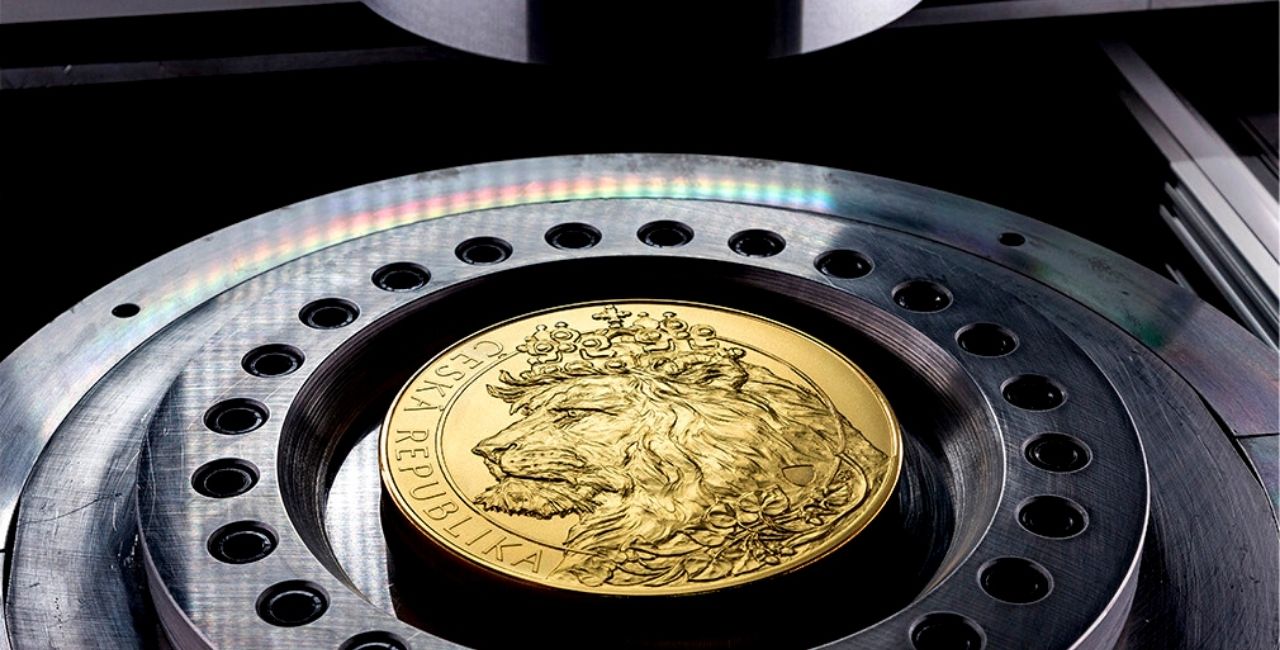European One-Off. Czech Mint Issued a 10-kilogram Gold Coin Worth CZK 14 Million

Česká Mincovna (Czech Mint) minted an investment coin worth CZK 14 million, which weighs a record ten kilograms. The weight of the coin has surpassed its predecessor from last year, which weighed “only” five kilograms.
The Czech Mint was established in 1993 and is one of the top ones in its field. Its current ten-kilo coin is the largest and heaviest in the Czech Republic with a diameter of 165 mm. It is a gold investment coin with the motif of the Czech Lion.
“The coin is unique in that it contains a hologram security element,” explains Stanislav Bachtík, production director of the Czech Mint. The author of the design is the young artist Asamat Baltaev, who creates the Czech Lion in a new design for each year.
The hologram protective element can be seen with the naked eye and is in the shape of a shield. It was used for the first time last year when a five-kilo coin with this hologram was entered into the Czech Book of Records.
The new coin is the largest coin minted in continental Europe. “Only three other mints in the world, Canada, China and Australia, can produce similar things,” Bachtík said.
Because the coin is extreme in size and weight, it required very high pressuring for its production. “It is the most demanding minting we have done at the Czech Mint,” Bachtík added. The preparation took several months and was accompanied by many complications related to the coronavirus pandemic and the supply of raw materials.
The production of ten-kilo coins is essentially no different from the process used to mint smaller coins. While the weight of a normal mintmark is around half a kilogram, the weight of mints intended for the production of record coins is calculated in the tens of kilograms.
“The press exerts the same pressure as if you stacked a couple of thousand cars on top of each other,” pointed out Lenka Klimentová, a spokeswoman for Česká Mincovna.
The high-density coins are minted using a press that is the only one of its kind in the world, as no other has such technical parameters.
Support Prague Morning!
We are proud to provide our readers from around the world with independent, and unbiased news for free.
Our dedicated team supports the local community, foreign residents and visitors of all nationalities through our website, social media and newsletter.
We appreciate that not everyone can afford to pay for our services but if you are able to, we ask you to support Prague Morning by making a contribution – no matter how small 🙂 .



